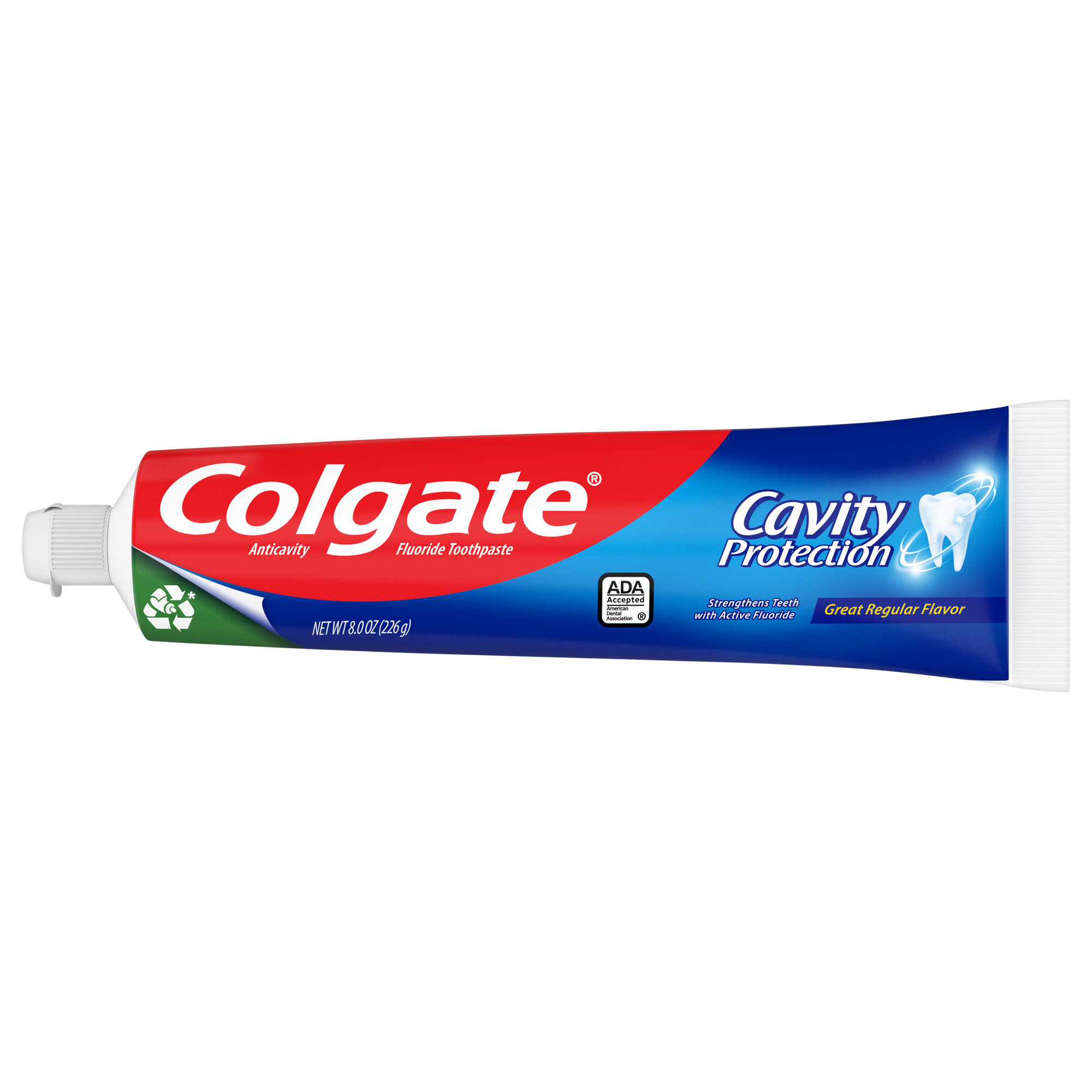What Is a Gap Band?
Elastic rubber bands are a normal part of orthodontic treatments like braces. They are used at different treatment phases to correct how the upper and lower teeth and/or jaw fit together. Correcting a bite and teeth straightening are medical procedures that require a qualified orthodontist. They are specially trained to carefully plan and control the strength, direction, and duration of braces and dental bands.
A gap band is a DIY method that aims to close gaps between teeth. To do this, a small elastic rubber band is placed around the affected teeth. The pressure from the tight band causes fast and harmful movement in the teeth. Although some people claim that this at-home treatment has helped them improve their smile, gap bands have been found to cause damage to the gumline, jawbone, and teeth.
What Are the Risks of Gap Bands?
The American Association of Orthodontics reported that nearly 13% of its member orthodontists have consulted with people who have tried DIY teeth-straightening. Rubber bands were one of the commonly used tools, which for some caused irreparable damage. How does placing a rubber band around the teeth cause harm? The band can move into the gumline and irritate the roots of the teeth, destroying the bone and soft tissue and, in some cases causing tooth loss.
When to Talk To A Dentist
If your teen has a gap in their smile or has expressed interest in improving their teeth, you shouldn't hesitate to schedule a dental consultation. Your orthodontist will exam their teeth to find a safe and suitable treatment option for your teenager. They may recommend one of these orthodontic appliances or procedures to enhance the appearance of their teeth.
- Orthodontic appliances: Braces, clear aligners, and ceramic braces are just some orthodontic appliances that can safely and effectively reposition teeth.
- Dental Veneers: A veneer is a thin layer of material permanently placed on a tooth's surface. Dental veneers fix minor chips, cracks, and gaps between teeth.
- Bonding: Tooth bonding is an inexpensive, simple procedure that is generally completed in one visit. A tooth-colored material will be applied to the tooth's surface to repair chips or gaps during the procedure.
Now that you are well informed about the risks of gap bands, you can talk to your teen about this topic. Let them know that this method may cause more harm than good and encourage them to visit the dentist. Consultation and treatment with a professional will ensure a healthy and beautiful smile.
Oral Care Center articles are reviewed by an oral health medical professional. This information is for educational purposes only. This content is not intended to be a substitute for professional medical advice, diagnosis or treatment. Always seek the advice of your dentist, physician or other qualified healthcare provider.
ORAL HEALTH QUIZ
What's behind your smile?
Take our Oral Health assessment to get the most from your oral care routine
ORAL HEALTH QUIZ
What's behind your smile?
Take our Oral Health assessment to get the most from your oral care routine















